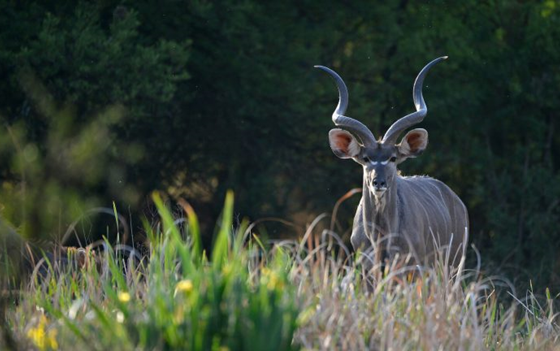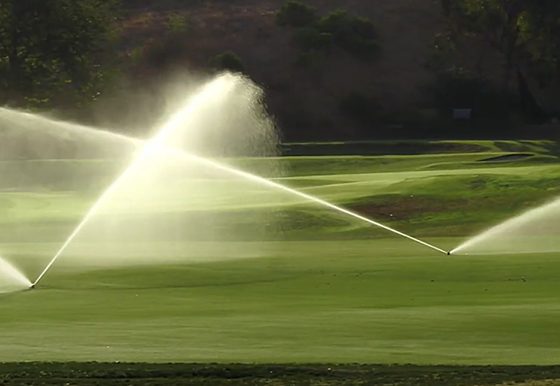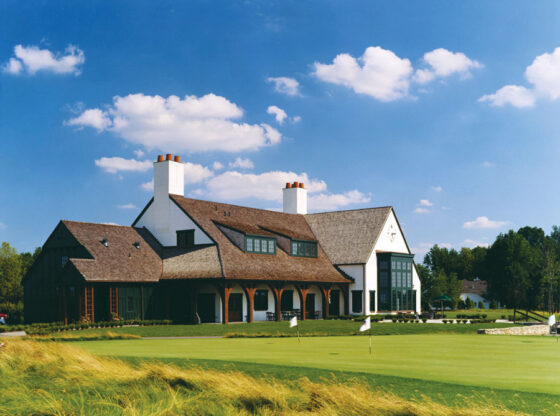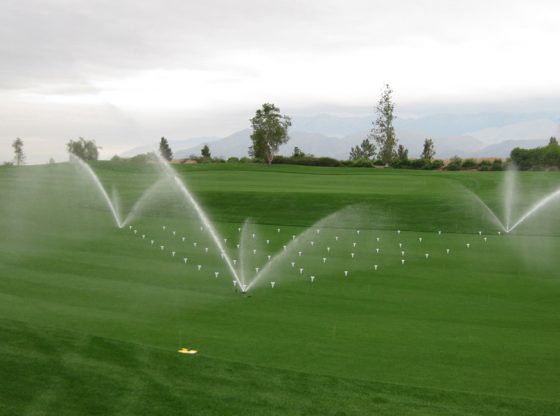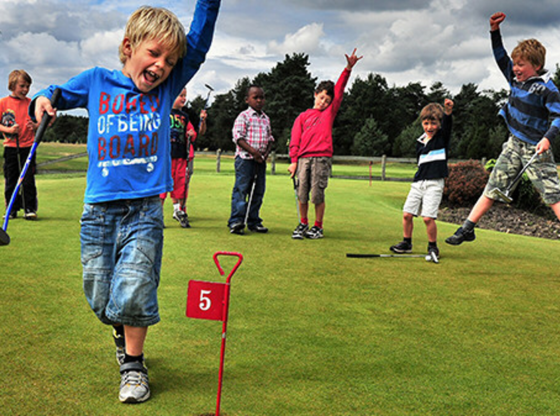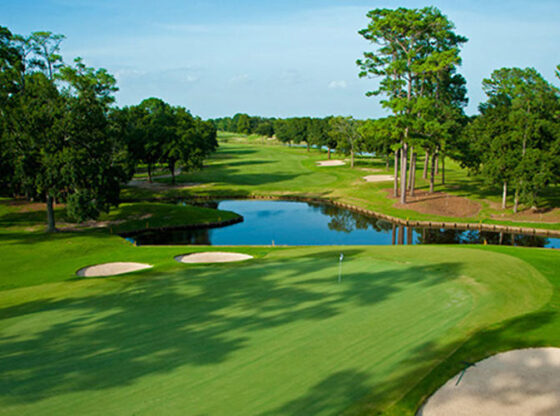Golfers are swinging through their last few games as the chilly weather slowly creeps in. In the mean time, superintendents begin to prepare for the winter months. Properly preparing a course for the winter may determine how your course fares come spring. There are a number of projects needed to be completed to winterize a course.
In most areas, the months of October and November mean preparing the course for winter. Golf course superintendents are responsible for “putting the course to bed,” or preparing a course for spring.
Aerating the Greens
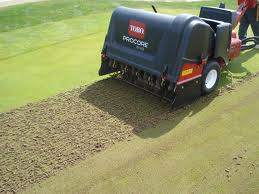 The beginning of this process is by conducting fall aeration. Although this creates bumps on the greens, it is still necessary because the work done by maintenance crews in the fall and early winter have a direct impact on the conditions of courses in the spring.
The beginning of this process is by conducting fall aeration. Although this creates bumps on the greens, it is still necessary because the work done by maintenance crews in the fall and early winter have a direct impact on the conditions of courses in the spring.
Aeration allows for relieving compaction, removing thatch and providing an opportunity for an exchange of gases. Doing this will also allow for drainage throughout the winter months.
Prepping Irrigation Systems
Another of the major projects that a golf maintenance crew must perform is winterizing the irrigation system. In order for an irrigation system to be winterized it must have all of the water removed from the pipes. This is done by attaching a large compressor to the mainline pipe at the pump house. The compressor forces air through the system while the crew simultaneously runs each sprinkler-head until there is no water left in the lines.
This is a process that needs to be done earlier, rather than later because pooling water can freeze on the greens. Depending on the size of the golf course, this process can take anywhere from one to several days to accomplish. Winterizing the irrigation system will ensure no pipes will burst in the winter, creating major damages and financial liability. This step is necessary for the health of the system and the financial health of the club. An irrigation system that is not winterized will need to be replaced the following spring.
Fertilization for Winterization
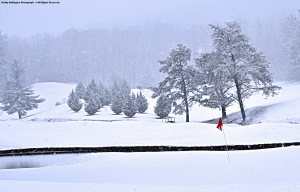 The most important fertilizer application of the season is typically the final one. Although golf course turf typically goes dormant for the winter, it still needs nutrition. In areas of the country where snow cover can be expected for the duration of winter the turf must be fed sufficiently so it can slowly access the nutrients, as it needs it.
The most important fertilizer application of the season is typically the final one. Although golf course turf typically goes dormant for the winter, it still needs nutrition. In areas of the country where snow cover can be expected for the duration of winter the turf must be fed sufficiently so it can slowly access the nutrients, as it needs it.
Superintendents typically fertilize the entire golf course with one pound of nitrogen and one pound potassium per 1000 square feet. While the nitrogen provides nutrition for the grass the potassium builds strength to help the plant through the stressful winter. By not fertilizing the turf before snow cover a superintendent is risking turf starvation and a dead golf course once the snow cover is gone. Once the snow melts, the golf course is soft and can not support a tractor. Because fertilizer can not be spread as soon as the snow melts, fertilization is even more important in the fall. Fertilizing in the spring can also cause a flush of turf growth, leading to turf grass diseases.
Fungus Prevention
The final preparation for a golf course before winter is the application of fungicides. For the best results fungicides should be sprayed as close to the first snow fall as possible. Not treating a course with a fall fungicide will cause a total takeover of pink and/or gray snow mold. Other fungicides may also develop due to lack of treatment.
Finally, enjoy the winter months and look forward to watching snow slowly uncover the turf come spring.


